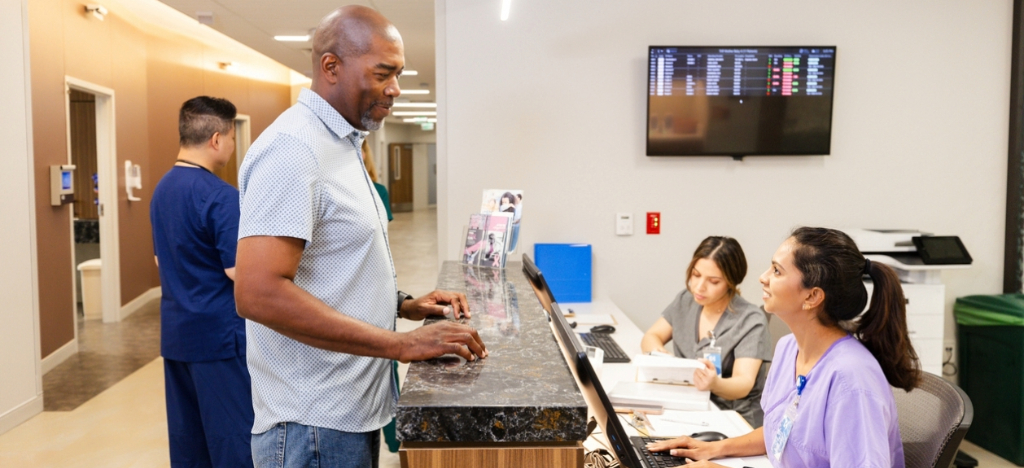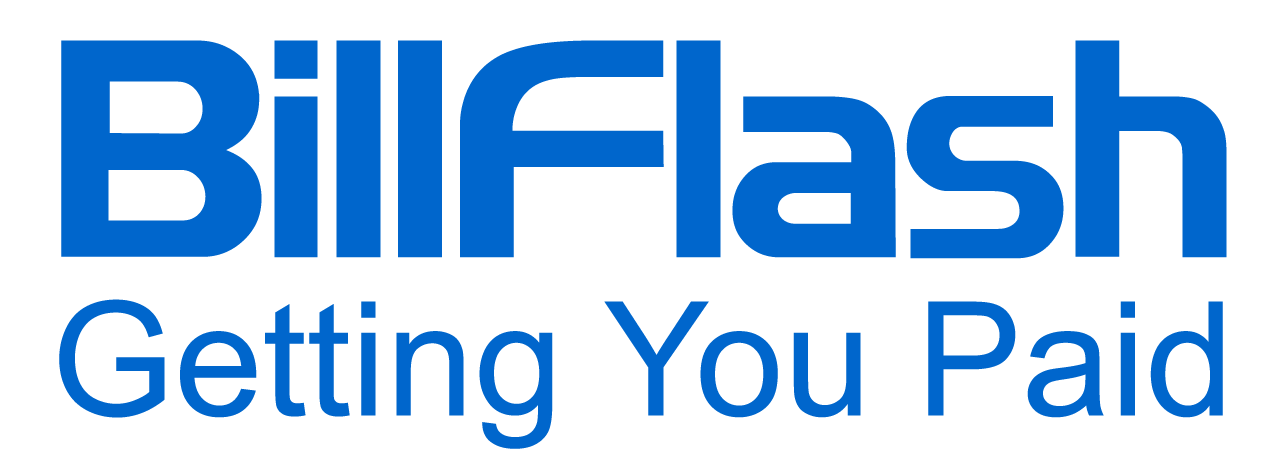Read on as we share a few medical billing best practices that can transform your billing operations without requiring major improvements.
Medical billing remains one of the most challenging aspects of healthcare practice management. Many providers still rely on outdated systems that create bottlenecks in the revenue cycle, leading to denials, delayed payments, and frustrated patients. These inefficient processes drain numerous resources and impact the bottom line, with billing mistakes costing practices hundreds of thousands of dollars every year. Cost-effective medical billing best practices involve more than reducing expenses; they also create streamlined workflows that boost cash flow, enhance the patient experience, and increase operational efficiency.
Today, we'll share a few medical billing best practices that can transform your billing operations without requiring major investments. From standardizing workflows to implementing integrated collection practices, each strategy helps you identify opportunities for improvement within your current system.
By adopting these medical billing techniques, you'll be better positioned to:
- Speed up payment cycles and improve cash flow
- Reduce claim denials and administrative rework
- Improve patient satisfaction with transparent billing
- Decrease staff frustration and burnout
- Increase overall practice profitability
Whether you're a solo provider or run a multi-site practice, you can tailor these strategies to fit your specific needs and resources.
Standardize and Simplify Your Billing Process
Medical billing best practices involve standardizing and simplifying your billing process. Standardizing your medical billing process is the foundation of cost-effective revenue management. Using clear, consistent workflows reduces errors and speeds up claims and payments. Each year in the U.S., healthcare insurers process over 5 billion claims for payment, making standardized coding systems, including Current Procedural Terminology (CPT) and Healthcare Common Procedure Coding System (HCPCS), critical for reducing denials and delays.
Creating standardized templates and guidelines for documentation leads to clarity and consistency in medical billing best practices. Poor billing practices result in doctors losing approximately $125 billion annually, or about $5 million per provider. Much of this loss stems from manual errors and inconsistencies that automation could prevent. This is why automating repetitive tasks, such as batch processing and claim submissions, saves significant time and resources while reducing costly mistakes.
Electronic claim submissions reduce processing time, minimize the risk of lost claims, and often result in faster payments. Integrated software platforms that centralize billing and reduce manual handoffs are the most effective approach to standardization. BillFlash’s portal exemplifies this integration by streamlining batch uploads, statement approvals, and payment tracking in one place. This eliminates manual handoffs and improves overall efficiency while reducing the opportunity for human error.

Collect Patient Payments Upfront
With patients being responsible for 21.85% of allowed amounts in 2024, waiting until after the visit to collect is a missed opportunity. That is why medical billing best practices should also include collecting patient payments upfront. Sending pre-visit estimates or PreBills allows patients to pay in advance, improving cash flow and reducing administrative burden. With collection rates from commercially insured patients declining from 37.6% in 2023 to 34.4% in 2024, point-of-service collection strategies are more important than ever.
Educating patients on what they owe before the visit helps prevent surprise bills that lead to delays or nonpayment. Sending pre-visit estimates or PreBills allows patients to pay in advance, improving cash flow and reducing administrative burden. This transparency fosters trust and helps patients to prepare for payment, leading to smoother visits and faster revenue collection.
Medical billing best practices also involve using tools to send secure pre-visit payment links via text or email, improving your front-end collections. BillFlash's PreBill feature allows providers to send pre-visit charges via text/email with a secure link to pay through PayWoot.com, making pre-visit billing easy for office visits and telehealth appointments. The process is straightforward: send the PreBill link via text or email, patients pay online, and the visit starts without financial surprises or administrative delays.
Offer Multiple and Flexible Payment Options
There's been a significant disconnect between how providers bill and how patients want to pay. While 75% of providers primarily use paper and manual processes for collections, 74% of consumers prefer digital payment options. This mismatch creates payment friction, and the fact that 60% of Americans cannot cover a $1,000 emergency expense makes flexible payment options not just preferred but essential.
Medical billing best practices also involve accepting multiple payment methods. This includes credit cards, ACH bank transfers, Apple Pay, Google Pay, and traditional in-office payments. Offer payment plans or financing for larger balances to reduce barriers to care while improving your collection rates. The key is providing omnichannel payment capabilities that enable patients to choose their preferred method, time, and place to pay—whether online at 5 AM, over the phone during lunch, or in your office during their visit.
Payment processors that integrate with your billing system significantly reduce reconciliation time and administrative overhead. BillFlash Pay supports omnichannel payments, accepting payments online, in-office, over the phone, or by mail. Patients can pay using their preferred method, such as debit/credit card, ACH, Apple Pay, or Google Pay. For patients unable to pay their full balance immediately, BillFlash FlexPay provides monthly financing with a 0% interest option for all approved patients. Offering payment plans at the point of payment removes barriers, increases collection rates, and improves patient satisfaction across the board. Best of all, your practice receives full payment immediately while patients manage their bills over time with affordable monthly installments.
Use Automation to Reduce Manual Work and Lower Costs
Healthcare administrative costs account for approximately 8% of total healthcare spending in the United States, largely because manual billing processes require significant staff time for routine tasks. By automating these processes, practices can significantly reduce costs while improving consistency and freeing staff to handle patient needs. Medical billing best practices involve identifying which administrative tasks require human judgment and which can be handled by software. Low-level administrative tasks such as payment reminders, eligibility checks, and regular correspondence are well-suited for automation, operating around the clock to provide consistent follow-up while keeping costs down.
BillFlash PayReminders feature automates the entire payment reminder process by sending a carefully timed cadence of text and email reminders to patients with unpaid balances. The system can automatically send up to three reminders per month at 7, 14, and 21 days after the first bill is sent. Patients are automatically removed once payment is received. You can use the default settings or fully customize message timing and content. Whether you set it and forget it or tailor the workflow, the results are the same: reduced staff burden and faster patient payments without manual collection efforts.

Monitor and Act on Key Billing Metrics
Understanding your billing performance is critical for optimizing your revenue. 80% of medical bills contain errors, resulting in significant revenue loss. Practices that regularly track key performance indicators can better identify gaps, prevent revenue loss, and improve their medical billing operations. We recommend focusing on these essential metrics that directly impact your bottom line:
- Days in Accounts Receivable (A/R): Aim for 30-40 days
- Denial Rate: Keep below 5%
- Clean Claim Rate: Target a 98% rate
- Net Collection Rate: 95%-96% is ideal
With relevant reports, you can track statement deliveries and collections, which enables you to identify and resolve issues early. BillFlash makes this data easily accessible by providing comprehensive visibility through standard reports. This way, you can make faster, more informed decisions about workflow and revenue cycle adjustments.
Set Smart Rules for Collections With Full Transparency
Many traditional collection agencies take over patient communication entirely, often damaging the trust you worked hard to build with your patients. Medical billing best practices involve creating clear internal guidelines for when and how accounts transition to collections. This ensures consistency and fairness across your patient base while maintaining control over these sensitive interactions.
The goal is to recover legitimate debts efficiently without creating negative patient experiences that could impact future care decisions or referrals. Choose a partner that allows you to retain control over the process rather than taking over your patient relationships entirely. You should maintain visibility into all collection activities and decide which accounts to pursue and how aggressively.
BillFlash Integrated Collections helps practices flag and send accounts when ready while maintaining complete control. You approve which accounts to send, can withdraw any accounts at any time, and maintain visibility into all contact activities for every open account. Recovery Specialists certified in all 50 states engage with patients respectfully, with 75% being bilingual to ensure no barrier to understanding. When patients are unable to pay in full, patient financing options (FlexPay) are offered. Collected payments are deposited directly into your BillFlash Pay Services bank account, meaning you get paid first with no surprise agency fees or lack of visibility.
Don't Overpay for Disconnected Tools
The average medical practice relies on more than one billing-related software tool, often with overlapping functions. This results in thousands of dollars each year in redundant subscriptions and lost productivity from managing multiple partners. Evaluating the cost and overlap of current billing, payment, and collections vendors reveals significant opportunities for savings and operational improvements. Consolidation doesn't mean sacrificing functionality. It means eliminating multiple software tools and vendor relationships that don't add value to your healthcare operations.
Medical billing best practices involve seeking integrated or modular solutions that can scale with your needs while preserving essential functionality and workflow efficiency. BillFlash offers flexible billing, payment, reminder, financing, and collection tools, all accessible through a single secure portal. This approach reduces the need for excessive software and third-party costs, helping you manage billing activities from a single interface. This saves time and lowers expenses while increasing operational efficiency across your entire revenue cycle.

Embrace Hybrid Billing to Reach All Patients
With 98% of Americans owning a cellphone, more patients can view and pay their bills quickly and conveniently. However, not every patient prefers digital communication, and relying on only one method means missed payments and reduced patient engagement. A hybrid billing strategy that combines digital and mailed statements ensures maximum reach and accommodates diverse patient preferences. Digital delivery gives patients immediate access and convenient payment options, while mailed statements are sent to those who prefer physical correspondence. This hybrid approach meets patients where they are rather than forcing them to adapt to a single communication method.
BillFlash eBills, for example, are sent by text or email the same day they're approved. They include secure links directing patients to PayWoot.com for instant online payments. Mailed Bills offer customizable templates with QR codes for improved patient convenience, allowing quick online payments. These bills are mailed First-Class USPS the next business day and include payment coupons and return envelopes. The USPS National Change of Address (NCOA) service automatically updates addresses, while optional PDF inserts turn patient communications into marketing opportunities.
Combining digital and print in your medical billing best practices ensures every patient receives a bill in a preferred format. This helps minimize confusion, improve clarity, and accelerate revenue collection.
Don't Let Inefficient Billing Drain Your Bottom Line
These medical billing best practices work together to create a comprehensive approach: upfront collections, flexible options, automation, tracking, and an enhanced collections strategy. Cost-effective billing isn't about doing less, but about doing it smarter. It means removing bottlenecks, eliminating redundancies, and creating a process that gets you paid faster. With patient responsibility now accounting for a larger percentage of total revenue, getting this right is crucial to your practice's financial health.
Now is a great time to assess your current workflow:
- Where are the delays?
- What's taking your staff too much time?
- Which tools aren't worth what you're paying for them?
Answering those questions will guide your next step. Ready to discover medical billing best practices and transform your process? Schedule a free demo with BillFlash today! Discover how our complete billing, payment, and collection solution can help you streamline operations and boost revenue without overloading your team.

